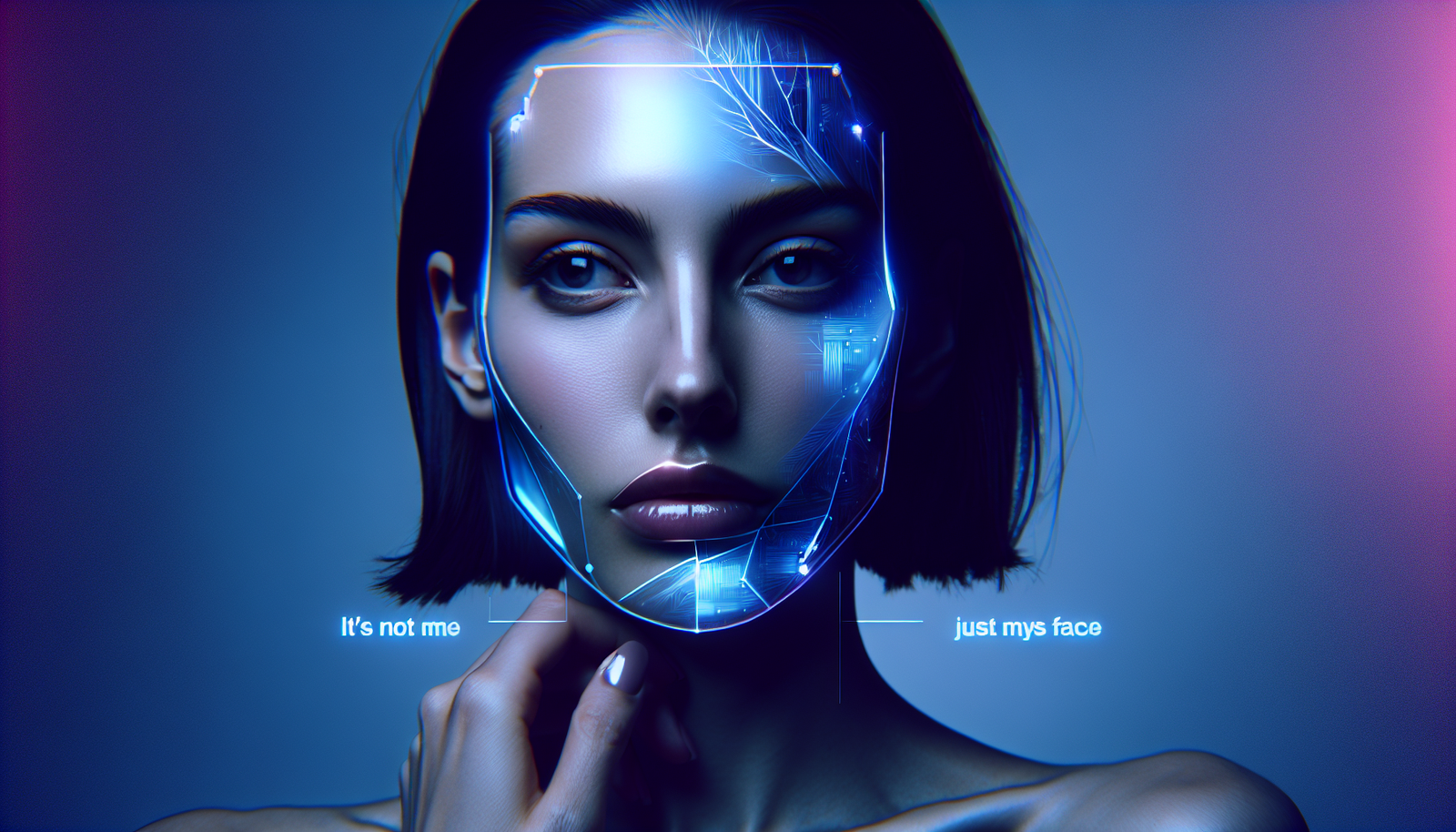The Manipulation of the Image of Models by AI
In the world of fashion, the emergence of artificial intelligence evokes both admiration and concern. Brands, seduced by the promise of automating photo shoots and content creation, are now exploiting generative technologies. Between the dehumanization of models and the reinvention of clothing displays, the line becomes thin. Well-known models find themselves confronted with machine-generated images, questioning their identity and role in this industry.
The Consequences on the Identity of Models
Each model has a personality, a story, and a trajectory. When an algorithm generates images based on their appearance, the question of authenticity arises acutely. The American-Taiwanese model Sheeren Wu recently spoke out about this form of exploitation. By denouncing a process of “dehumanization,” she exposes the dangers of a representation that erases reality in favor of illusion. These artificial images do not simply reproduce; they reinvent, often without the consent of those involved.
The Media’s Fight Against AI
The controversy surrounding the use of images of models by artificial intelligence echoes a broader struggle. For a month, French and international media have decided to prohibit access to their content for OpenAI, a data-collecting robot. This initiative aims to preserve copyright and prevent unethical collection of visual data. In this context, models and fashion creators find themselves on the front lines, seeking respect for their image.
The Question of Reality in Advertising
Debates about the veracity of advertising images are growing. AI-generated images represent fictional creations, but do they represent reality less than a traditional photo? Marcol, a voice in the debate, emphasizes that an advertising image is not “misleading,” but a reflection of an altered reality. Such exchanges question the ethics of this new form of creation.
The Future of Models Facing Virtuality
The phenomenon of virtual models is gaining momentum. Beauty contests, such as Miss IA, showcase AI-generated influencers, further distancing traditional human figures from the industry. Real models must redefine themselves in a space where their physical presence is challenged by algorithms. A considerable personal and professional challenge.
Potential Abuses and the Fight Against Scams
The proliferation of AI-generated clothing leads to troubling abuses. Consumers feel drawn to fictional products, without considering their origin. Online platforms are increasingly besieged by scams selling imaginary clothing targeting naïve buyers. The industry must face these new threats, demanding legal frameworks to protect consumers and creators.
The Need for Ethical Reflection
The wave of AI-generated images not only questions the fashion industry but also society as a whole. The treatment of identities, the dehumanization of models, and the truthfulness of content demand a deep ethical reflection. Stakeholders in this sector must weigh the benefits of technological innovation against human rights and the preservation of humanity within their art. A necessary discussion to envision a future that respects everyone.
Frequently Asked Questions about the Use of Models’ Images by AI
What is generative AI and how does it affect models?
Generative AI uses deep learning algorithms to create images and content based on existing data. In fashion, this means that models can be replaced by images created by AI, raising questions about authenticity and representation.
Do models have control over the use of their image by AI systems?
In general, models do not always have control over the use of their image if it has been captured and used without explicit permission. Laws regarding image rights vary by country and may offer limited protections.
What impact does this have on ethics in the fashion industry?
The use of models’ images by AI raises ethical issues concerning dehumanization, image manipulation, and the responsibility of brands regarding individual representation.
Can consumers distinguish between a real model and an AI-generated image?
It depends on the technical skills of consumers, but many AI-generated images can go unnoticed. This raises questions about transparency and the truthfulness of advertisements.
What are the reactions of models to this technological evolution?
Many models express concerns about dehumanization and the loss of job opportunities. Some voices, like that of Sheeren Wu, condemn this evolution as an instrumentation of their image.
How can fashion brands approach the use of AI ethically?
Brands must be transparent about their use of AI, obtain appropriate consent, and ensure that representations are respectful and inclusive, and not dehumanizing.
What role does the public play in regulating the use of images by AI?
The public can influence regulation through their consumption choices, supporting brands that adopt ethical practices and demanding more transparency regarding the use of images in advertising.
What are the risks associated with image manipulation by AI in the fashion industry?
Risks include the spread of unrealistic beauty standards, objectification of individuals, and dilution of authenticity in visual communication, which can affect consumers’ self-image.






